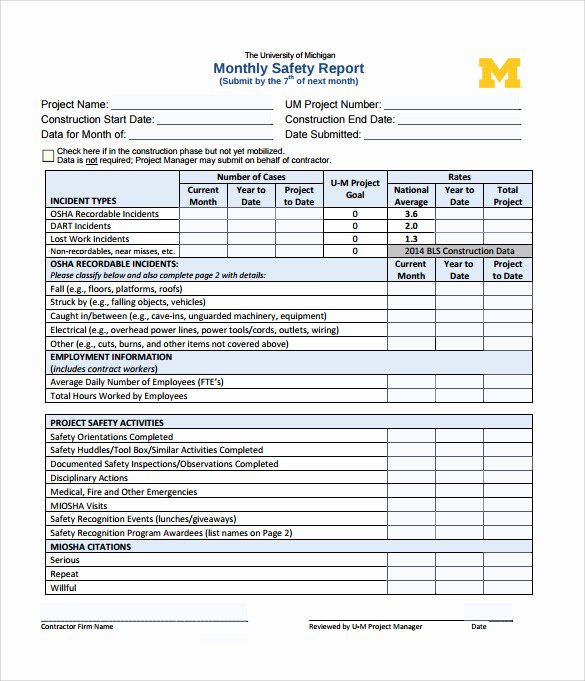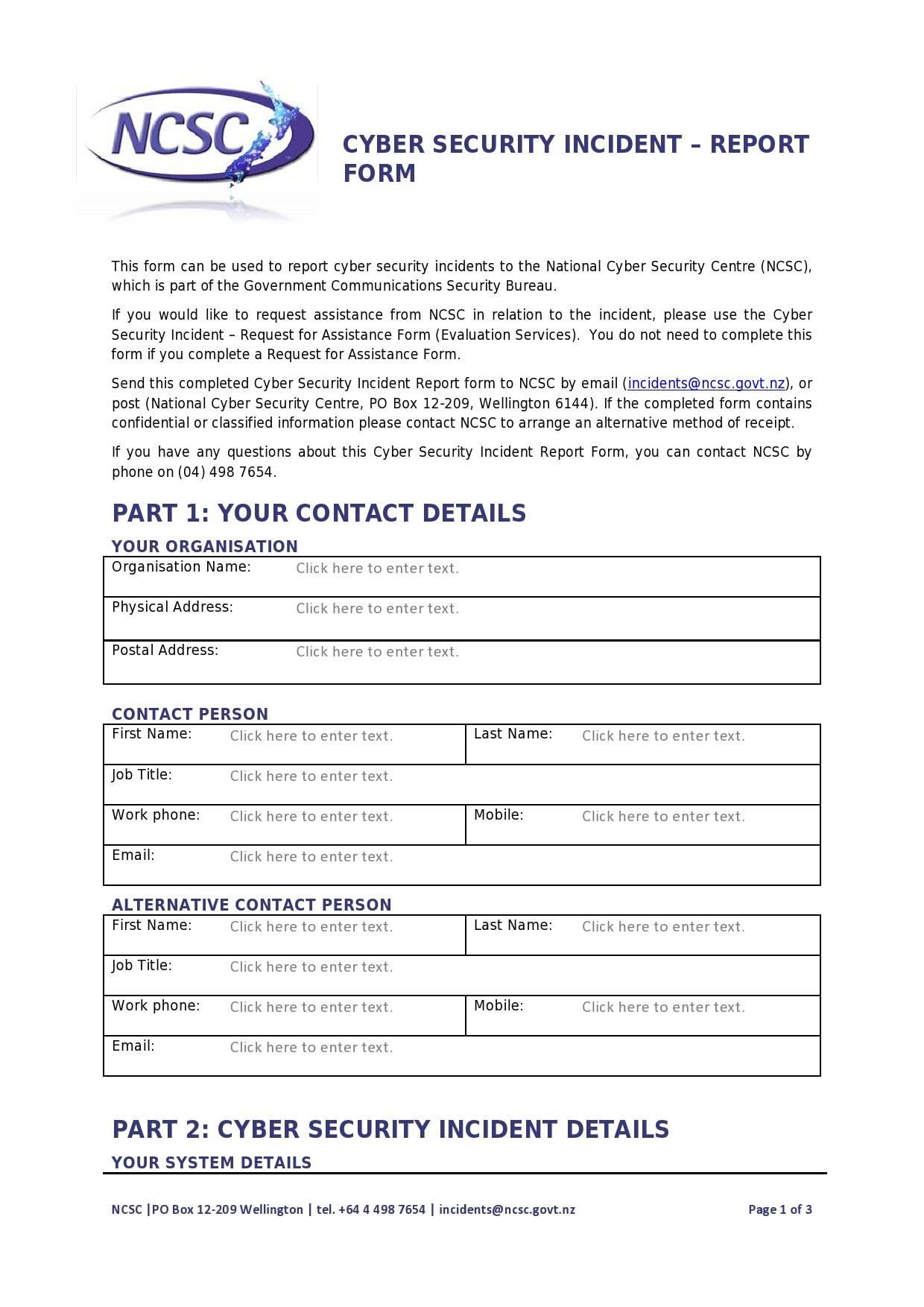The Monthly Security Report Sample in PDF That Works: A Guide to Effective Security Reporting
In the ever-evolving landscape of cybersecurity, consistent and clear communication is paramount. A well-crafted monthly security report serves as a vital tool, providing a snapshot of your organization’s security posture, highlighting potential risks, and demonstrating the effectiveness of your security measures. But creating a compelling and actionable report can be challenging. This article offers a comprehensive guide, including a practical monthly security report sample in PDF format, to help you develop reports that resonate with stakeholders and drive informed decision-making.
Understanding the Importance of Monthly Security Reporting
Regular security reporting is more than just a formality; it’s a critical component of a robust cybersecurity strategy. It offers several key benefits:
- Provides Transparency: Keeps stakeholders (management, board of directors, etc.) informed about your organization’s security status.
- Facilitates Proactive Risk Management: Identifies potential vulnerabilities and allows for timely mitigation efforts.
- Demonstrates Compliance: Shows adherence to industry regulations and internal security policies.
- Supports Resource Allocation: Justifies budget requests and helps prioritize security investments.
- Tracks Progress: Measures the effectiveness of security initiatives and identifies areas for improvement.
Key Components of a Successful Monthly Security Report
A well-structured monthly security report should be concise, easy to understand, and tailored to your audience. Here’s a breakdown of essential components:
1. Executive Summary:
- This is the most crucial section, providing a high-level overview of the month’s security activities and key findings.
- It should be brief, impactful, and highlight the most significant events, trends, and recommendations.
- Focus on the “so what?” – what are the implications of the findings?
2. Key Metrics & Performance Indicators (KPIs):
- Track and present key metrics to demonstrate the effectiveness of your security program.
- Examples include:
- Number of successful and blocked phishing attempts
- Number of security incidents and their severity
- Vulnerability scan results (number of vulnerabilities, critical vulnerabilities)
- Patching compliance rate
- User security awareness training completion rates
- Time to detect and respond to security incidents
- Use charts and graphs to visualize data and make it easier to understand.
3. Security Incidents and Events:
- Provide a detailed overview of any security incidents that occurred during the month.
- Include:
- Description of the incident
- Impact of the incident
- Actions taken to remediate the incident
- Lessons learned and preventative measures implemented
- Maintain confidentiality and redact sensitive information as needed.
4. Vulnerability Management:
- Report on vulnerability scanning activities, including the number of vulnerabilities discovered, prioritized, and remediated.
- Highlight any critical vulnerabilities that require immediate attention.
- Show progress on patching and vulnerability remediation efforts.
5. Threat Landscape Overview:
- Summarize the current threat landscape and any emerging threats relevant to your organization.
- This could include information from security intelligence feeds, industry reports, and vendor advisories.
- Explain how these threats could impact your organization.
6. Security Awareness Training:
- Report on user security awareness training activities, including:
- Training modules delivered
- Completion rates
- Results of phishing simulations
- Any identified areas of improvement in user behavior.
7. Compliance and Policy Updates:
- Highlight any compliance-related activities, such as audits, assessments, or policy updates.
- Demonstrate adherence to relevant industry regulations and internal security policies.
8. Recommendations and Action Items:
- Provide clear and concise recommendations for improving your organization’s security posture.
- Include specific action items, responsible parties, and deadlines.
- Prioritize recommendations based on risk and impact.
Monthly Security Report Sample in PDF (Example Structure)
(This is a general outline. Adapt it to your specific needs and organization.)
- Cover Page: Report Title, Date, Organization Logo
- Executive Summary: (Overview of the month’s key findings)
- Key Metrics Dashboard: (Visual representation of KPIs)
- Phishing Statistics
- Incident Statistics
- Vulnerability Scan Results
- Patching Compliance
- Training Completion
- Security Incidents: (Detailed descriptions of incidents)
- Vulnerability Management: (Vulnerability scan results, remediation progress)
- Threat Landscape: (Overview of relevant threats)
- Security Awareness Training: (Training activities and results)
- Compliance and Policy: (Updates and adherence)
- Recommendations and Action Items: (Specific actions to improve security)
- Appendix (Optional): Supporting data, glossary of terms.
(Note: A real PDF sample would be a complete document with charts, graphs, and detailed explanations. This is a template for you to build upon.)
Tips for Creating Effective Reports:
- Know Your Audience: Tailor the report’s content and level of detail to the specific audience.
- Use Clear and Concise Language: Avoid technical jargon whenever possible.
- Visualize Data: Use charts, graphs, and tables to present data in an easily digestible format.
- Be Consistent: Establish a consistent reporting format and schedule.
- Get Feedback: Solicit feedback from stakeholders to improve the report’s effectiveness.
- Automate Where Possible: Use security tools and reporting platforms to automate data collection and report generation.
- Prioritize Actionability: Ensure the report provides actionable insights and recommendations.
Conclusion: Empowering Your Security with Effective Reporting
A well-executed monthly security report is a powerful tool that empowers your organization to proactively manage risks, demonstrate compliance, and make informed decisions. By following the guidelines and incorporating the components outlined in this article, you can create reports that inform stakeholders, drive improvements, and ultimately strengthen your organization’s security posture. Remember to tailor the report to your specific needs, audience, and industry to maximize its impact.
Frequently Asked Questions (FAQs)
Q1: How often should I generate a monthly security report?
A1: Typically, a monthly cadence is recommended. However, adjust the frequency based on your organization’s size, risk profile, and regulatory requirements. For high-risk environments or during periods of heightened threat activity, more frequent reporting may be necessary.
Q2: What tools can I use to generate a monthly security report?
A2: Many security tools offer built-in reporting capabilities. Consider using SIEM (Security Information and Event Management) solutions, vulnerability scanners, and security automation platforms. You can also use spreadsheets and document creation software to build your reports.
Q3: How do I ensure the confidentiality of sensitive information in my report?
A3: Implement strict access controls to the report and redact any sensitive information that should not be shared. Consider using encryption to protect the report when stored or transmitted. Furthermore, limit the audience to only those with a need to know.
Q4: How do I measure the effectiveness of my monthly security report?
A4: Track metrics like stakeholder engagement, the number of recommendations implemented, and the reduction in security incidents. Regularly solicit feedback from stakeholders to identify areas for improvement in the report’s clarity, usefulness, and impact.
Q5: Can I use a template for my monthly security report?
A5: Yes, using a template is highly recommended. It helps standardize your reporting process, ensures consistency, and saves time. You can find various free and paid templates online. However, always customize the template to reflect your organization’s specific needs and security program.




